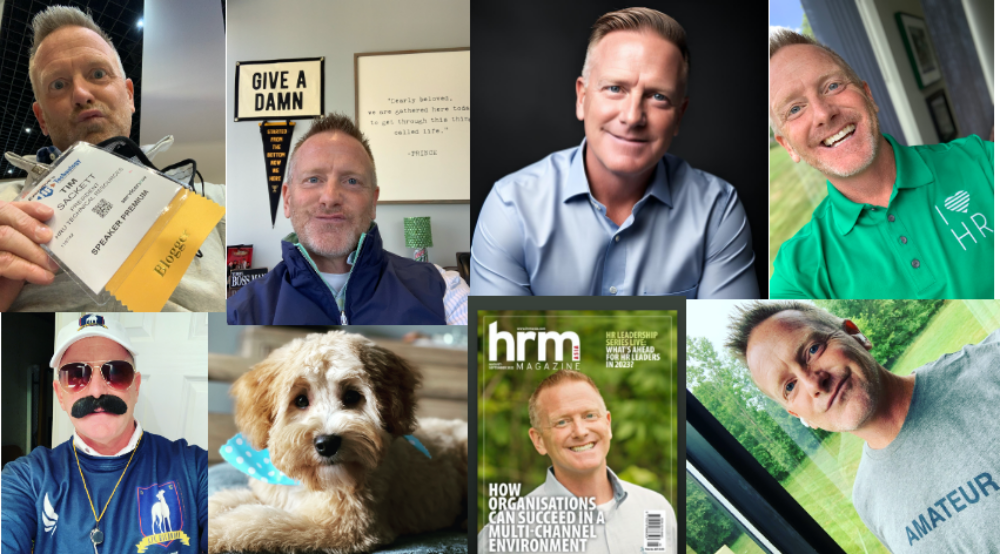College football season is upon us and one of things I enjoy most is reading all the leadership articles written about college football coaches. These types of articles come out in two ways during the year: 1. preseason when everyone is still in love with their coaches; 2. post-season when certain teams and coaches overachieved. GQ came out with one recently on one of the most polarizing coaches, and most successful coaches, in college football, Nick Saban. People assume I hate Nick because I’m a Michigan State fan and he left us to go to another college football team, LSU, that was in a better ‘football’ conference and had more tradition. I don’t hate Nick. I was disappointed he left, because he was good!
Nick Saban is probably the most hated coach in college football because his teams kick everyone’s butt! 3 out of the last 4 national championships and favored to win another this year. He doesn’t joke around with the media and he never looks pleased. Here are some tidbits from the GQ article:
“A few days after Alabama beat LSU to win the 2012 national championship, Rumsey and Saban were on the phone together…The two men almost never discuss football—Rumsey is the rare Tuscaloosan who doesn’t know or care much about the game, which, he suspects, has something to do with why he and Saban have become friends. But given that his golf buddy had just won the national championship, Rumsey figured he ought to say a few words of congratulations. So he did, telling Saban his team had pulled off an impressive win.
“That damn game cost me a week of recruiting,” Saban grumbled into the phone.”
Being upset over missing a week’s worth of recruiting because you had to play, and win, the national championship. HR folks should love that. It’s about the process. Have the right process and the results will happen, but please don’t change or stop my process!
“Saban’s guiding vision is something he calls “the process,” a philosophy that emphasizes preparation and hard work over consideration of outcomes or results. Barrett Jones, an offensive lineman on all three of Saban’s national championship teams at Alabama and now a rookie with the St. Louis Rams, explains the process this way: “It’s not what you do, it’s how you do it.”
Taken to an extreme—which is where Saban takes it—the process has evolved into an exhausting quest to improve, to attain the ideal of “right is never wrong.” At Alabama, Saban obsesses over every aspect of preparation, from how the players dress at practice—no hats, earrings, or tank tops are allowed in the football facility—to how they hold their upper bodies when they run sprints. “When you’re running and you’re exhausted you really want to bend over,” Jones says. “They won’t let you. ‘You must resist the human need to bend over!'”…
Jones says that while all the talk of “the process” can sometimes seem mysterious—the cultic manifesto of that demonic head coach—it’s actually quite straightforward.
“He pretty much tells everybody what our philosophy is, but not everyone has the discipline to actually live out that philosophy,” Jones says. “The secret of Nick Saban is, there is no secret.”
I think there are two kinds of leaders in the world:
1. Charismatic Leader — This is the leader you love and will follow over the edge of a cliff. You feel connected to this leader. Your organization might be very good results with this type of leader, but that isn’t necessarily a guarantee. 99% of folks think they want this kind of leader. It’s Steve Jobs, Tony Hsieh and Barack Obama. They capture your heart and mind.
2. Directed Leader — This leader seems more aloof when you meet them one-on-one, but they have laser like focus of your organization’s vision and mission, and they will not let anyone or anything take your off course. In the long term, if you buy-in to the vision and get to know this leader, you’ll do more than follow them over a cliff, you’ll throw others over the cliff for them! Saban falls into this camp. So would Abraham Lincoln.
I don’t see these two leaders being at polar ends of leadership. They are actually running parallel, like two behavioral traits, because the best leaders have some of each. Steve Jobs could hold the stage, but he also had great vision. Some leaders just have more of one bucket than the others. To be a directed leader, to be so focused in on a singular vision, you have to be a little odd, a little different from what people perceive you have to be a little odd, a little different from what people perceive as normal. The fact is, most people don’t have the capacity to have the kind of focus it takes to be as successful as Nick Saban. One last thing from the GQ article:
“Saban is a fit 61, owing in part to regular pickup basketball games with staff, a frenetic pace on and off the field, and a peculiarly regimented diet. He doesn’t drink. For breakfast, he eats two Little Debbie Oatmeal Creme Pies; for lunch, a salad of iceberg lettuce, turkey, and tomatoes. The regular menu, he says, saves him the time of deciding what to eat each day, and speaks to a broader tendency to habituate his behaviors.”
Same meal every day, so you spend no extra time or energy even thinking about what to eat. Focus. Laser focus. Does your leader have this?
